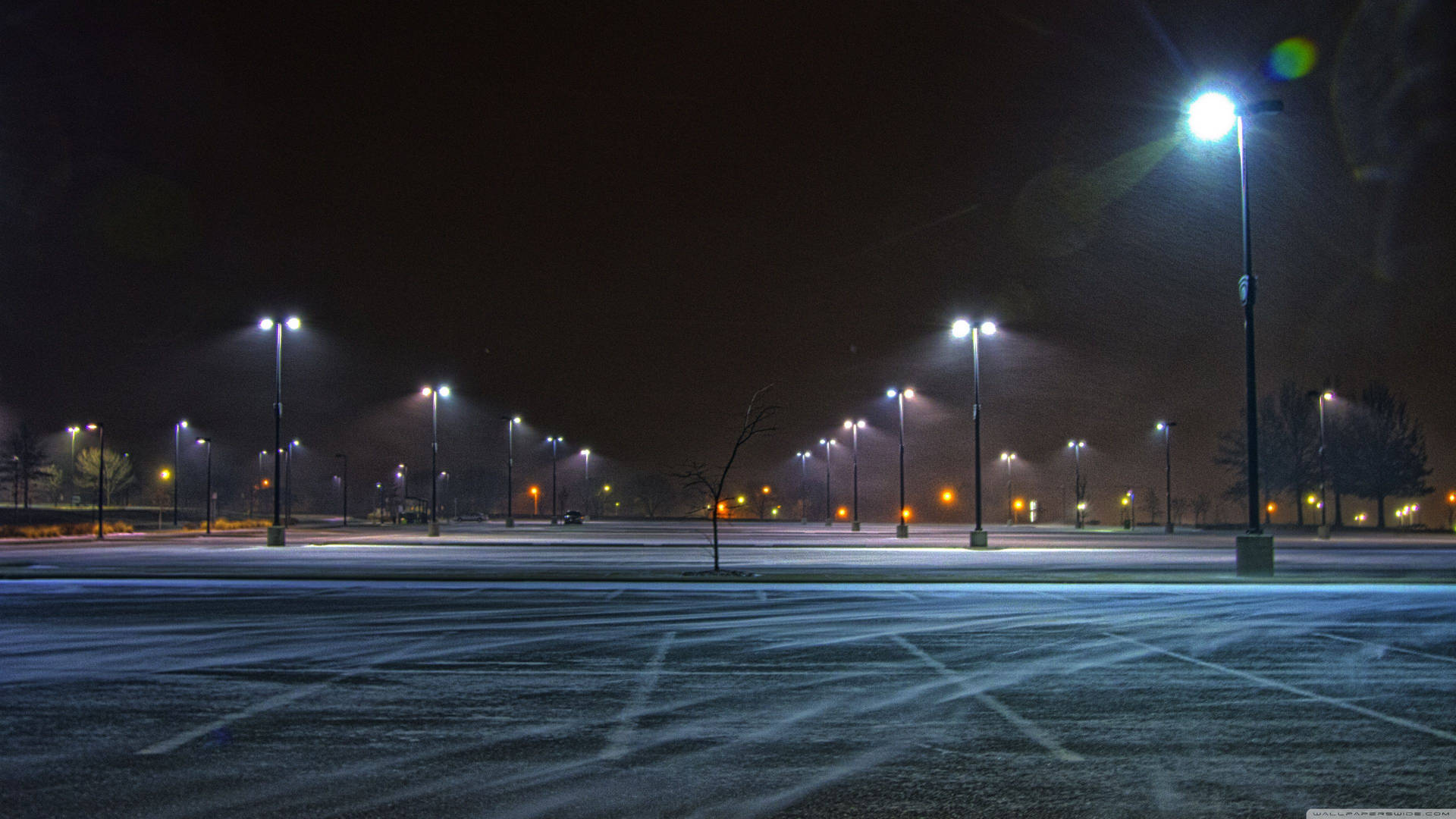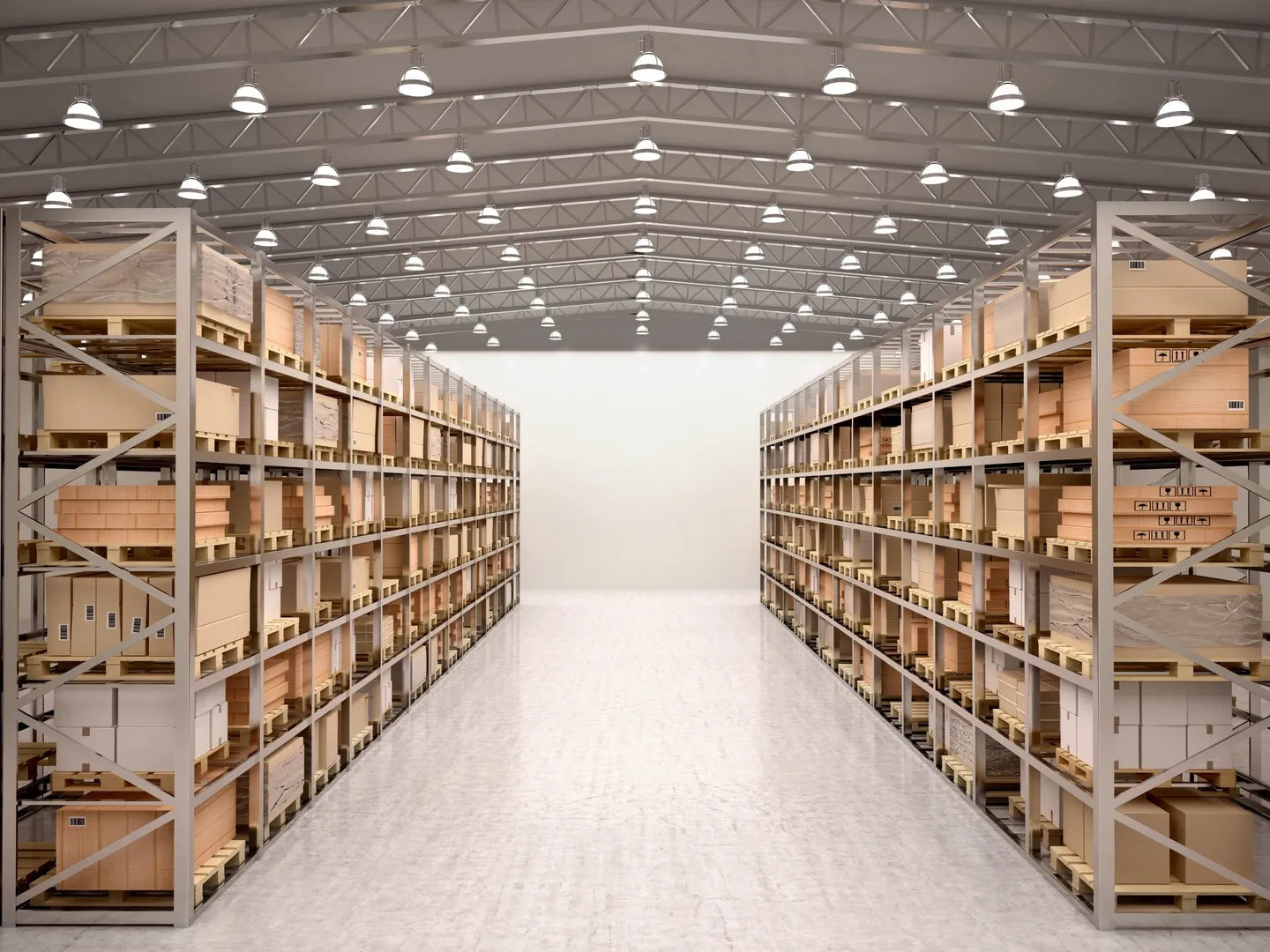Menu
Explosion Proof Light
PRODUCT TYPE
LED Explosion Proof High Bay Light 60W-Class 1 Division II




LED Explosion Proof High Bay Light 60W-Class 1 Division II
- Price
- $1,199
LED Explosion Proof High Bay Light 80W-Class 1 Division II




LED Explosion Proof High Bay Light 80W-Class 1 Division II
- Price
- $1,199
LED Explosion Proof High Bay Light 40W-Class 1 Division 1


LED Explosion Proof High Bay Light 40W-Class 1 Division 1
- Price
- $1,249
LED Explosion Proof High Bay Light 100W-Class 1 Division II




LED Explosion Proof High Bay Light 100W-Class 1 Division II
- Price
- $1,249
LED Explosion Proof High Bay Light 60W-Class 1 Division 1


LED Explosion Proof High Bay Light 60W-Class 1 Division 1
- Price
- $1,299
LED Explosion Proof High Bay Light 150W-Class 1 Division II




LED Explosion Proof High Bay Light 150W-Class 1 Division II
- Price
- From $1,399
LED Explosion Proof High Bay Light 100W-Class 1 Division 1


LED Explosion Proof High Bay Light 100W-Class 1 Division 1
- Price
- $1,499
LED Explosion Proof High Bay Light 200W-Class 1 Division II




LED Explosion Proof High Bay Light 200W-Class 1 Division II
- Price
- $1,499
LED Explosion Proof High Bay Light 150W-Class 1 Division 1


LED Explosion Proof High Bay Light 150W-Class 1 Division 1
- Price
- $1,749
LED Explosion Proof High Bay Light 250W-Class 1 Division 1


LED Explosion Proof High Bay Light 250W-Class 1 Division 1
- Price
- $1,999
What is a Hazardous Area?
A hazardous area is any location where there's a risk of an explosion. Importantly, these areas can exist in any workplace. Typical examples include oil rigs, refineries, chemical production facilities, and food production sites. However, there are other, less obvious applications that require hazardous area equipment, such as environments with:
- High Pressure
- High Temperature
- High Humidity
- High Dust
Why is Hazardous Area Lighting Required?
When there's a potential for an explosive atmosphere, special precautions are needed to prevent fire and explosions. Lighting, along with other electronic equipment, needs to be specifically designed for use in hazardous areas. This ensures that sparks don't occur and ignite any flammable substances.
Hazardous Location Classification

Certification Standard
C1D1 & C1D2 (North America)
Unlike most countries, Canada and the United States do not base national compliance for hazardous area products on the IEC 60079 series of standards. Instead, a separate range of UL (or CSA for Canada) standards exist that the equipment must comply with. The UL Listing indicates that products comply with the requirements of the standard and have been tested according to Canadian or US standards. Look out for the UL markings on the nameplates of the physical product and on any product literature shared by the manufacturer.
Explosion Proof Lights Applications
Explosion-proof lights are critical for hazardous locations where flammable gases, vapors, dusts, or liquids pose a high risk of explosions due to sparks or ignition sources. These locations include:
- Chemical plants handling flammable materials.
- Oil refineries with a high explosion risk.
- Paint booths containing flammable vapors.
- Grain processing facilities due to highly flammable grain dust.
- Mining operations with potential methane gas pockets.
- Gasoline stations handling large volumes of flammable liquids.
- Marine environments like offshore oil rigs and ship engine rooms with flammable materials.
- Choosing a selection results in a full page refresh.































